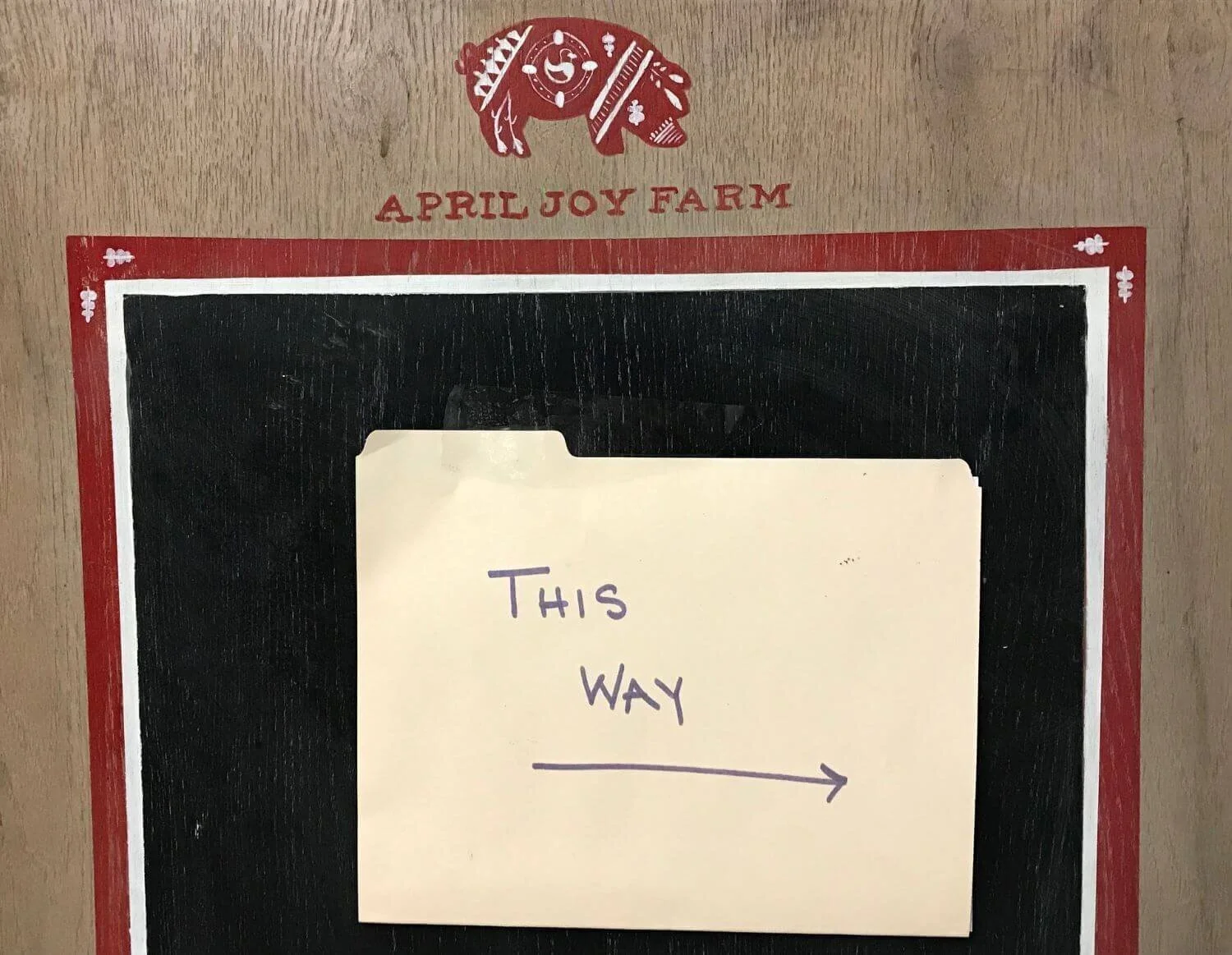The 5 Main Elements of a Soil Health Roadmap
There are five main elements to a Soil Health Roadmap (SHR). Each element builds on the discoveries and information compiled in the previous steps.
1. Farm Goals
An important first step in creating your SHR is to articulate the goals of your operation. What are you trying to accomplish, restore, or improve?
Goal setting isn’t something that can be accomplished in twenty minutes or two days. This step requires some deep reflection. There are many reasons to operate a diversified agricultural enterprise.
What are your objectives? Without becoming crystal clear with what you hope to achieve, you will have a very hard time creating workable recommendations to guide your SHR.
Determining your goals for soil health starts with understanding the 5 main reasons to create a SHR for your diversified farm.
2. Comprehensive Soil Health Assessment
The next step in creating a SHR is to identify what exactly soil health means for you and your farm.
It’s critical to establish baseline measures of soil health as they exist at your farm, so you can monitor your progress as you implement changes.
The three main elements of a comprehensive soil health assessment include chemical, physical and biological measures.
You need to identify strategically which specific assessment techniques under each of these three categories are most important for your operation. The last step of this section is to assess fully those soil health measures so you have a baseline to start from.
3. System Nutrient Budget
The System Nutrient Budget will allow you to track how nutrients are cycling through your farm. Results from the soil health assessment will inform which macro and micro-nutrients you will want to focus on in this step.
The goal of your Systems Nutrient Budget is to identify the origin of deficits and/or surpluses of key nutrients so you can make better decisions about fertility management and its impact on soil health.
4. Carbon Footprint
Creating a carbon footprint for your farm can help you identify sources of greenhouse gas emissions from your operation.
Understanding the major sources of greenhouse gas emissions caused by your operation will help you focus your limited time and resources on developing management practices that will most effectively curb your environmental impact.
Quantifying the amount of carbon your practices release or sequester and running scenarios based on your SHR recommendations can help provide justification for implementing changes.
5. Nutrient and Field Management Plan
The Nutrient and Field Management Plan focuses on four key areas: Crop Rotations, Cover Crops, Fertility Management, and Machinery & Equipment.
Developing a nutrient and field management plan is your opportunity to:
review historic and current practices
identify challenges and opportunities
make recommendations to improve your management practices.
Understanding the main elements of the Soil Health Roadmap and how they are related is a great step toward creating your own custom plan. From setting goals and understanding the self, land and community framework to establishing your carbon footprint, each element of the SHR plays a crucial role in your path towards improving the health of your land.
For an example of how all the elements fit together, download our SHR case study.

